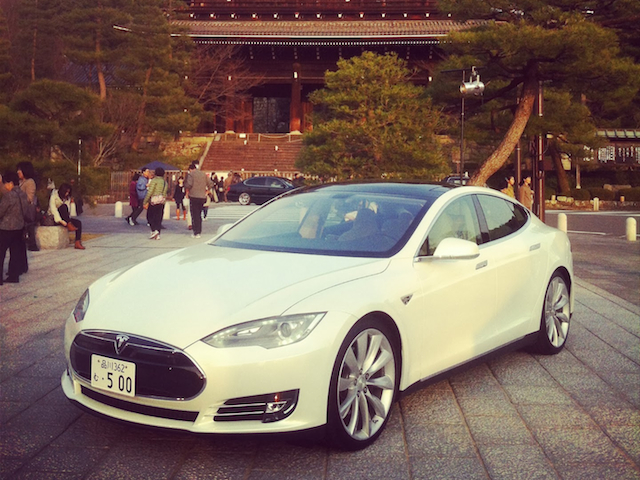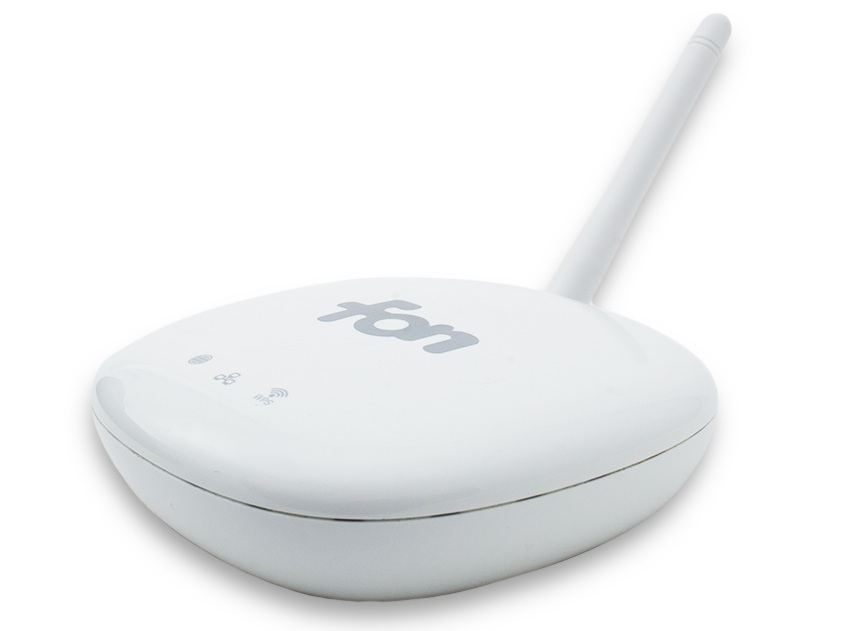One of the great changes to the telecommunications industry is the rise of video. As part of the Decoding the New Economy video series we had an opportunity to grab a quick chat with Torsten Sauer, Ericsson’s Vice President of Broadcast services.
Video is the great challenge for telecommunications company, broadcasters and consumers with Cisco Systems predicting by 2018 over 50% of internet traffic will be videos.
As designer Gadi Amit told this website a few weeks ago, the problem is compounded as the broadcast world evolves from a three or four screen environment to an almost infinite range of screen sizes and devices.
With most of that traffic being over mobile devices, Sweden’s Ericsson has been adapting to the the industry’s change to mobile video with a series of acquisitions in the broadcast production space. Sauer explained some of the motivations and strategies behind Ericsson’s moves in the industry.
Red Bee Media
Ericsson’s acquisition of British content house Red Bee Media earlier this year is one of the areas where the company is looking at growing its services.
“Consumer behaviour is changing and that represents a huge transformation for the industry,” Sauer says. “We want to be a catalyst for that transformation through providing the right services.”
Along with more traditional fields like basic production services, Sauer sees the company’s opportunity in building the metadata into videos making them more accessible over the very crowded internet.
A multitude of screens
The other key opportunity Sauer sees is that by creating richer content, it becomes easier for creators, broadcasters and advertisers to serve appropriate content to viewers depending upon both their interests and the devices they are using.
“It’s a great opportunity for broadcasters to address new opportunities and revenue streams on different devices and in different locations.”
Sauer’s view ties in with Gadi Amit’s in that the proliferation of ways to watch videos is going to create great opportunities for broadcasters to find different ways to show their work.
The innovation race
With the proliferation of channels, the field isn’t just left to the incumbents with Suaer seeing the entry of new broadcasters as one of the great opportunities.
“There will be a lot of opportunities for a lot of new players, that will create a healthy innovation base. It’s a very exciting time to be in this industry.”
With video marketing exploding, Sauer sees it’s important for non-broadcast businesses to experiment with video; “It’s now the time, business models are not all set and technology models are not all set.”
Just as businesses have to deal with a more mobile marketplace and workforce, we’re also seeing video becoming more important. It’s a great opportunity for businesses to develop new channels.
Similar posts:




